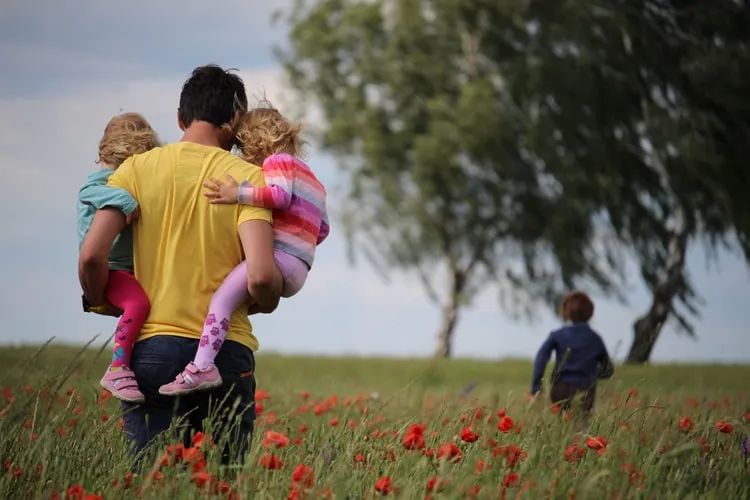
photo by Juliane Liebermann via Unsplash
Growing the Seeds of Hope in Our Children
March 4, 2021
by maritza pardo, guest contributor
For many, the new year did not bring about the immediate healing and changes we have all longed for. The pandemic continues to present setbacks, personal loss, and grief. I can say that my self-proclaimed faith and optimism has never been tried to this extent. However, the eyes of our children are forever upon us, seeking direction and ways of coping.
Studies have shown that those with hope reported enjoying greater happiness, lowered health risks, and better academic achievement. The importance of instilling hope in our children cannot be denied. So, while we adults are struggling to remain hopeful for long awaited changes, how do we begin to model and teach young children about hope? Below are a few suggestions that can do just that, while providing us with much needed encouragement in the process.
1. Define the word hope—To begin with, we must have a clear definition of hope. According to the Oxford Dictionary, the noun form of the word is defined as: “a feeling of expectation and desire for a certain thing to happen.” Next there is the definition of hope as a verb: “to want something to happen.” In summary, it is simply the belief and expectation of the outcome we long for.
2. Manage expectations—For many of us, including myself, managing expectations can be challenging. For all our desired outcomes, how many of us actually contemplate the elements outside our control or plan for disappointment? When developing goals and creating plans, we must be sure to remind ourselves that the only things within our control are our own actions, feelings, and words. We cannot control certain elements in our environment (such as the weather, actions, or feelings of others) that may lead to setbacks and disappointments. What we must do is acknowledge these elements as obstacles to overcome and not reasons to give up hope.
3. Choose a multistep activity—Multistep activities are the perfect way to demonstrate these abstract concepts in tangible ways that children can better understand. As many adults have learned when creating New Year’s resolutions for themselves, a step-by-step plan is necessary for goal achievement. Otherwise, it is easy to become discouraged or intimidated by what may appear to be an insurmountable challenge. As a board-certified behavior analyst, a teaching strategy I use is task analysis, which focuses on breaking larger tasks into smaller and more tangible steps. As each step is completed, we can recognize our progress. We also learn patience and perseverance. Many of these multistep activities take time to complete and may require several attempts. One may learn how to ask for help and/or receive encouragement to continue, whether it comes from friends, parents, or teachers.
4. Suggested activities as teaching tools—Multistep activities include building toy models, assembling puzzles, making LEGO structures, art projects, cooking, and baking. The point is to create and assemble from scratch, going through multiple steps or phases until completion. One of my favorite activities to utilize has become gardening. As we know, a plant begins from a small seed and goes through various stages of growth. After flowers are planted, they must be watered daily for healthy growth. In the same manner, an idea for a desired outcome must be solidified by a goal that is nourished or cultivated daily with positive thoughts and actions. Hope grows through this process as we draw closer and closer to achieving the desired outcome.
5. Additional resources—Children’s books such as A Flicker of Hope by Julia Cook, Because Amelia Smiled by David Ezra Stein, and Counting on Community by Innosanto Nagara explore stories that inspire hope. They can help with opening a dialogue between caregivers and children.
It is well worth our efforts to find and cultivate hope in our homes and communities. Let us remember the words of Martin Luther King, Jr. in the messages we give our children: “We must accept finite disappointment, but never lose infinite hope.”
Never miss an issue, check out SLM's digital editions here!

.jpg?h=462&w=382&fit=cover)



